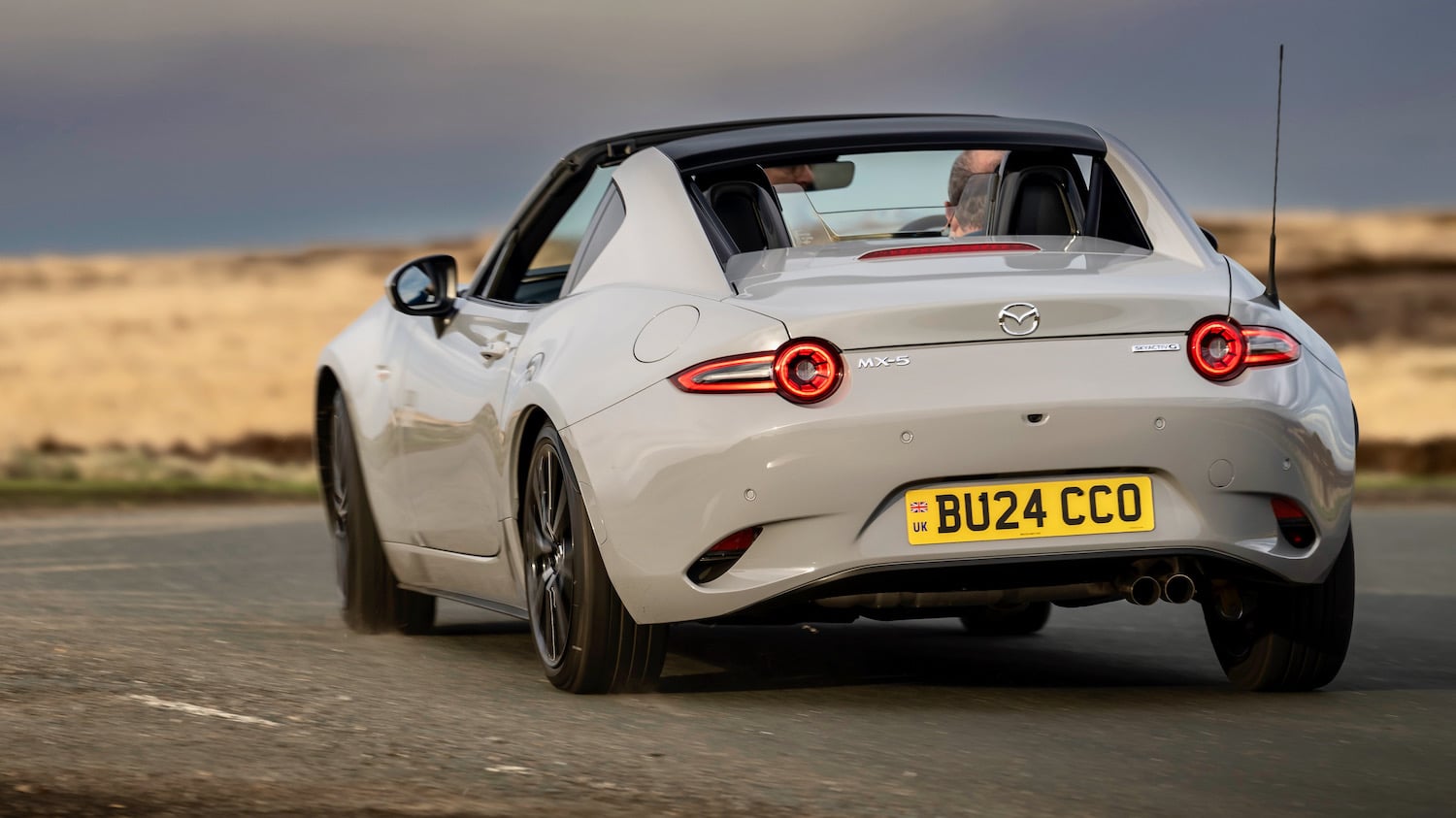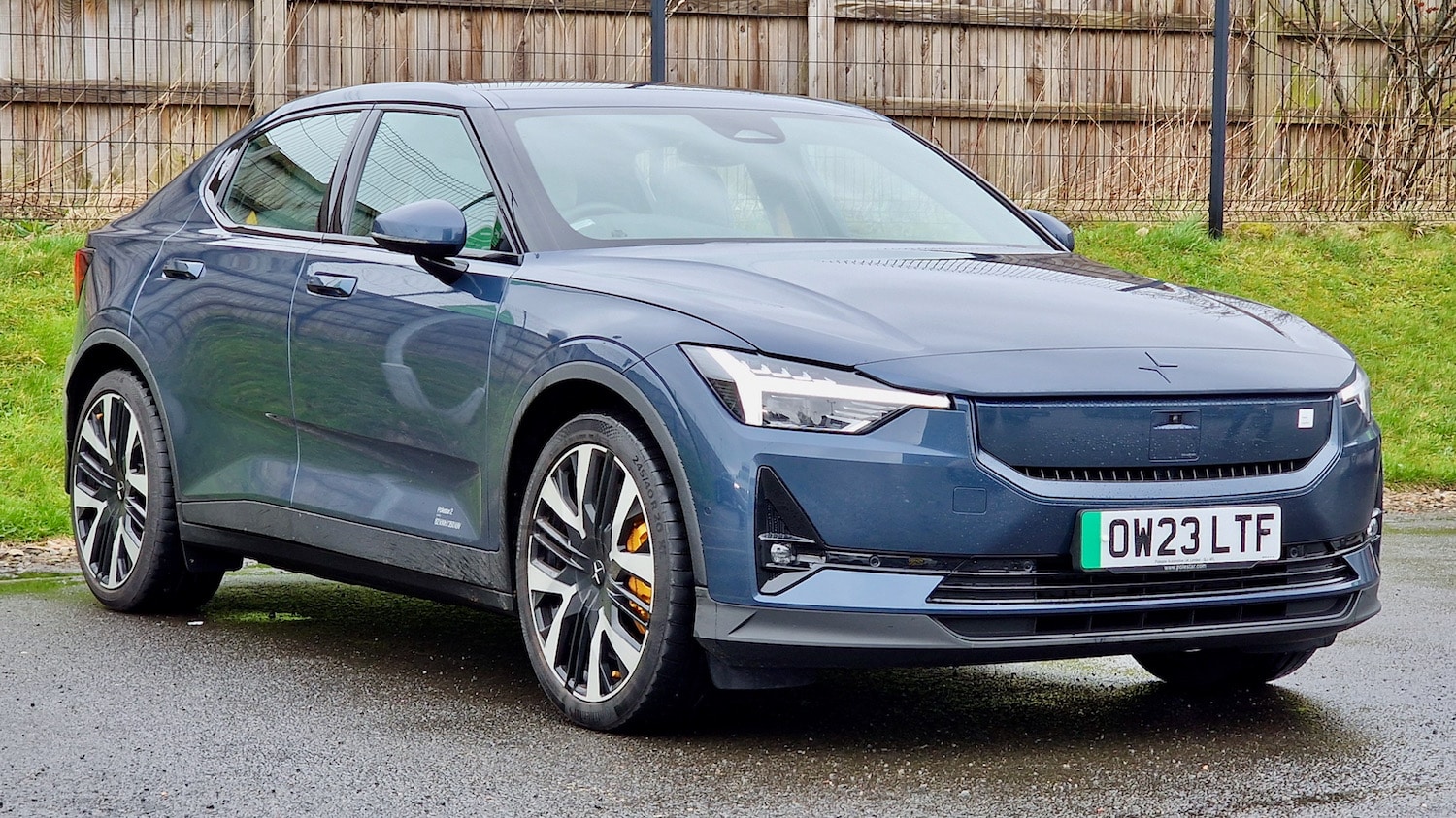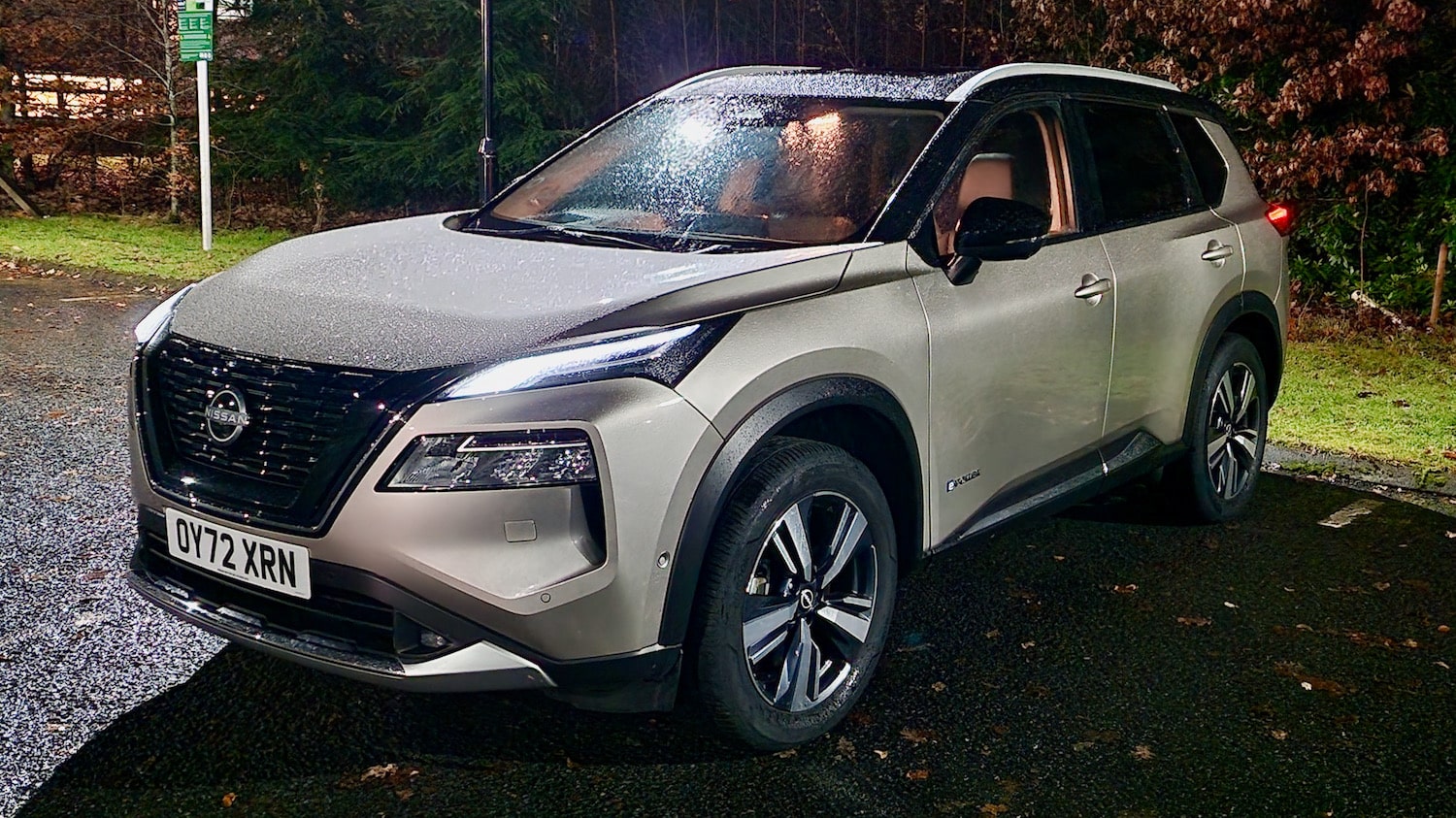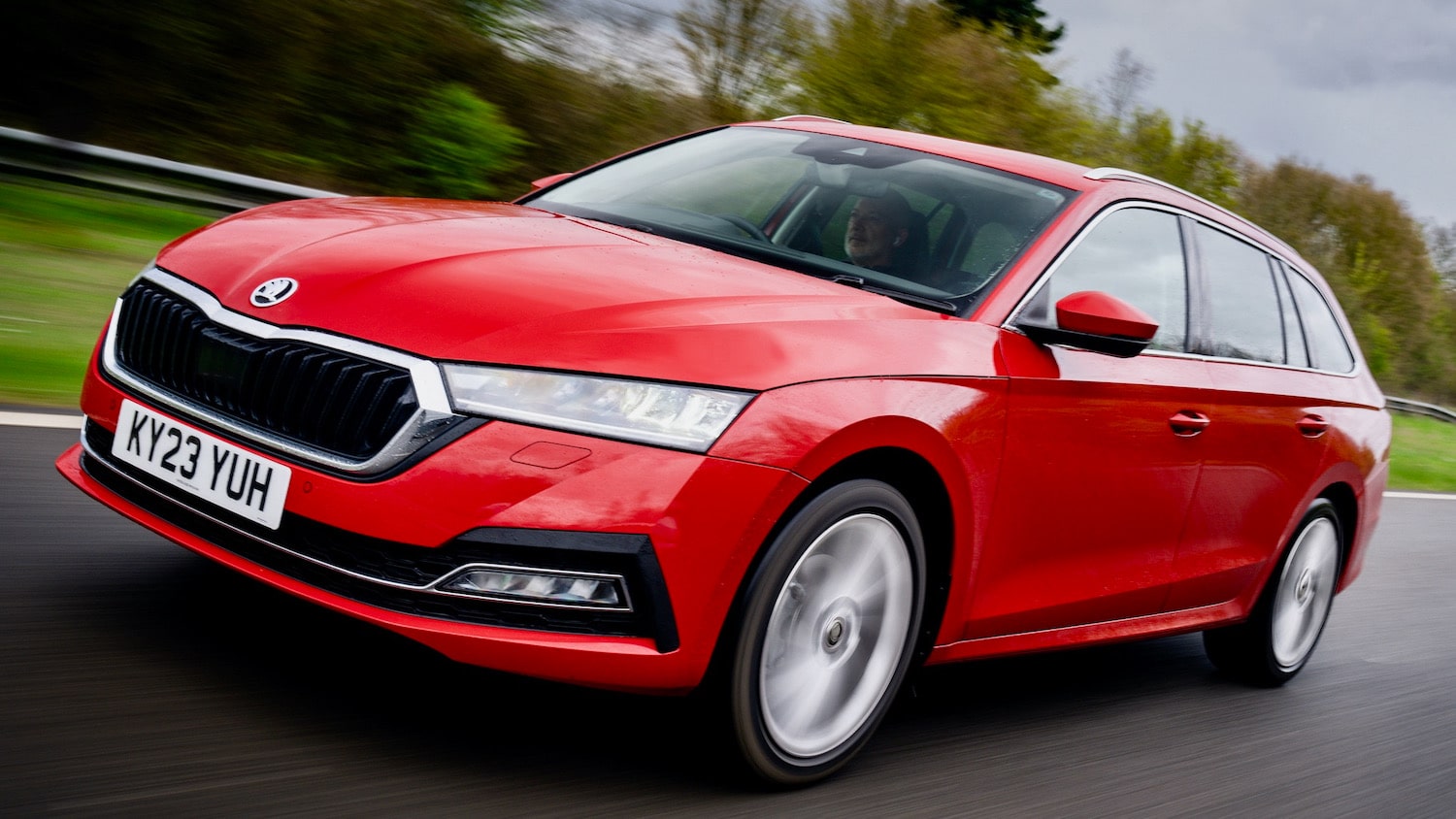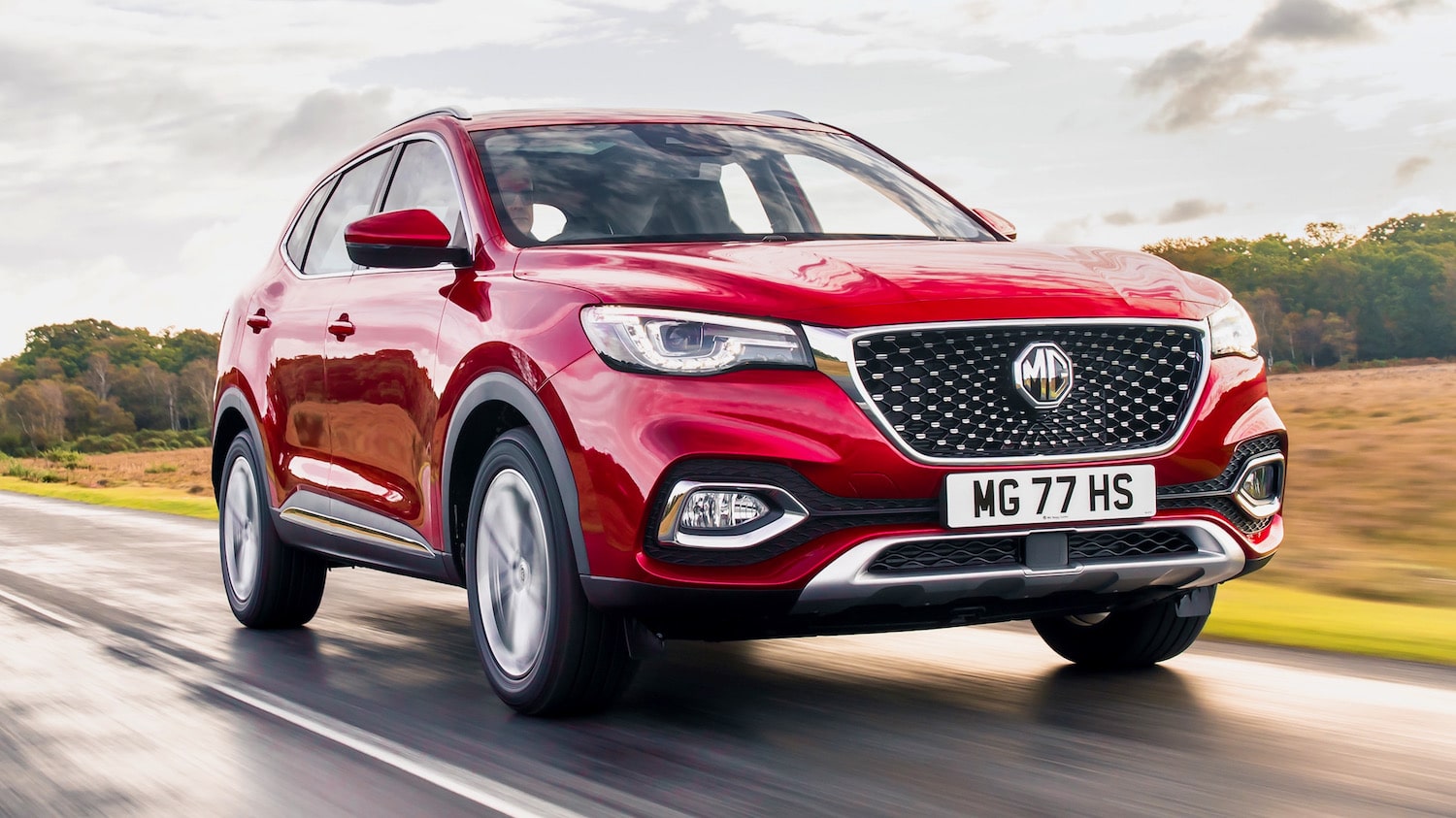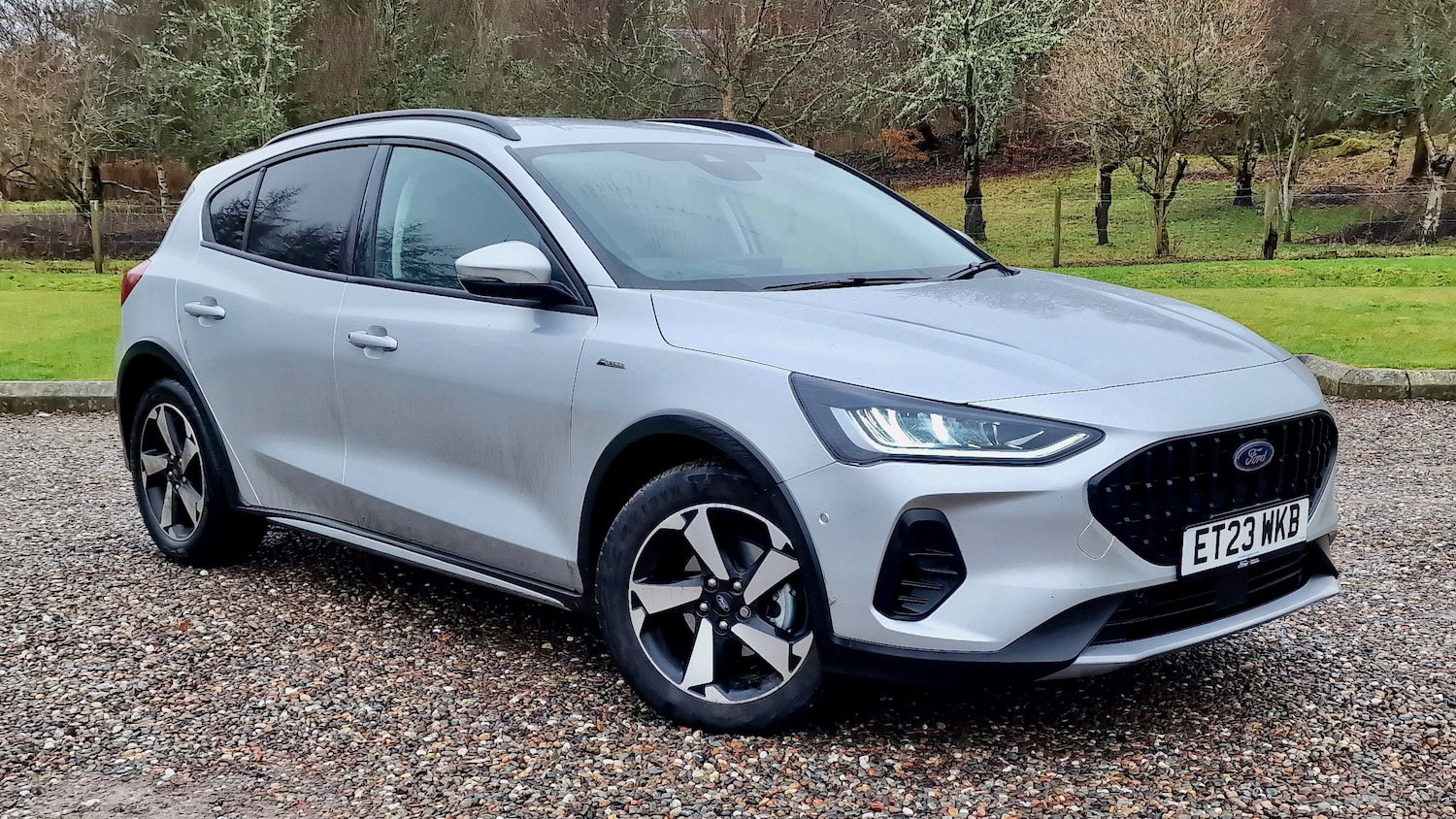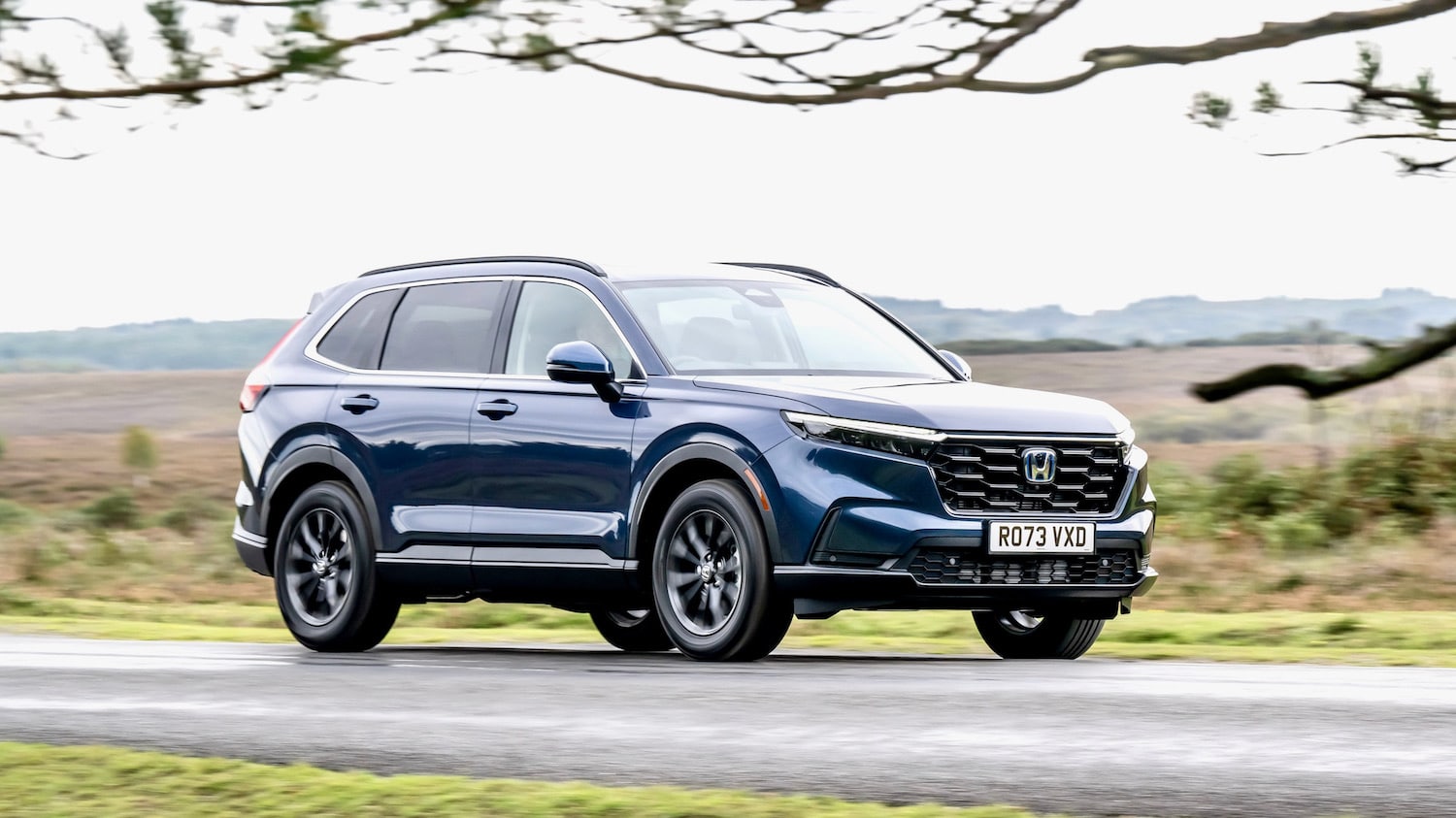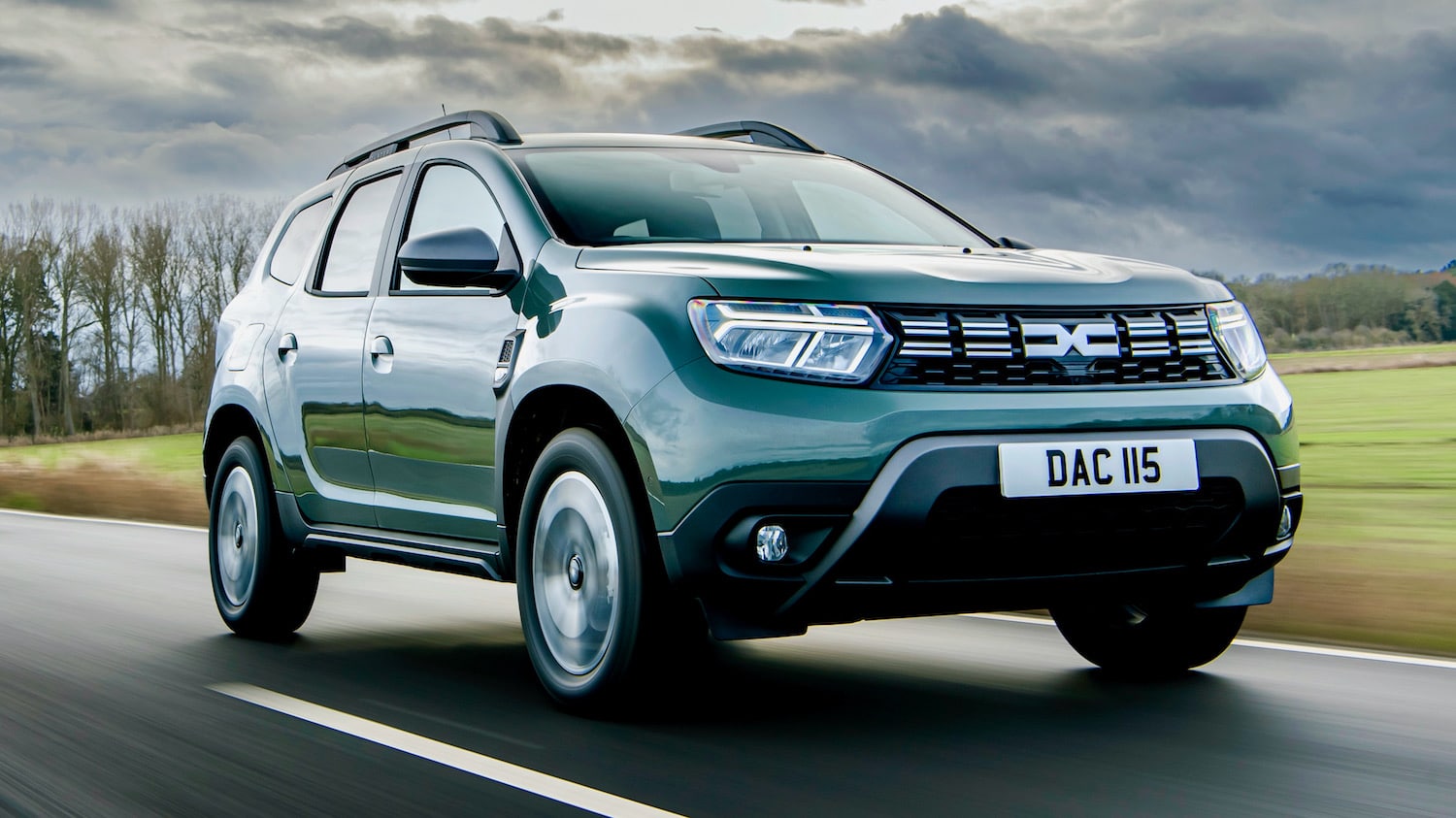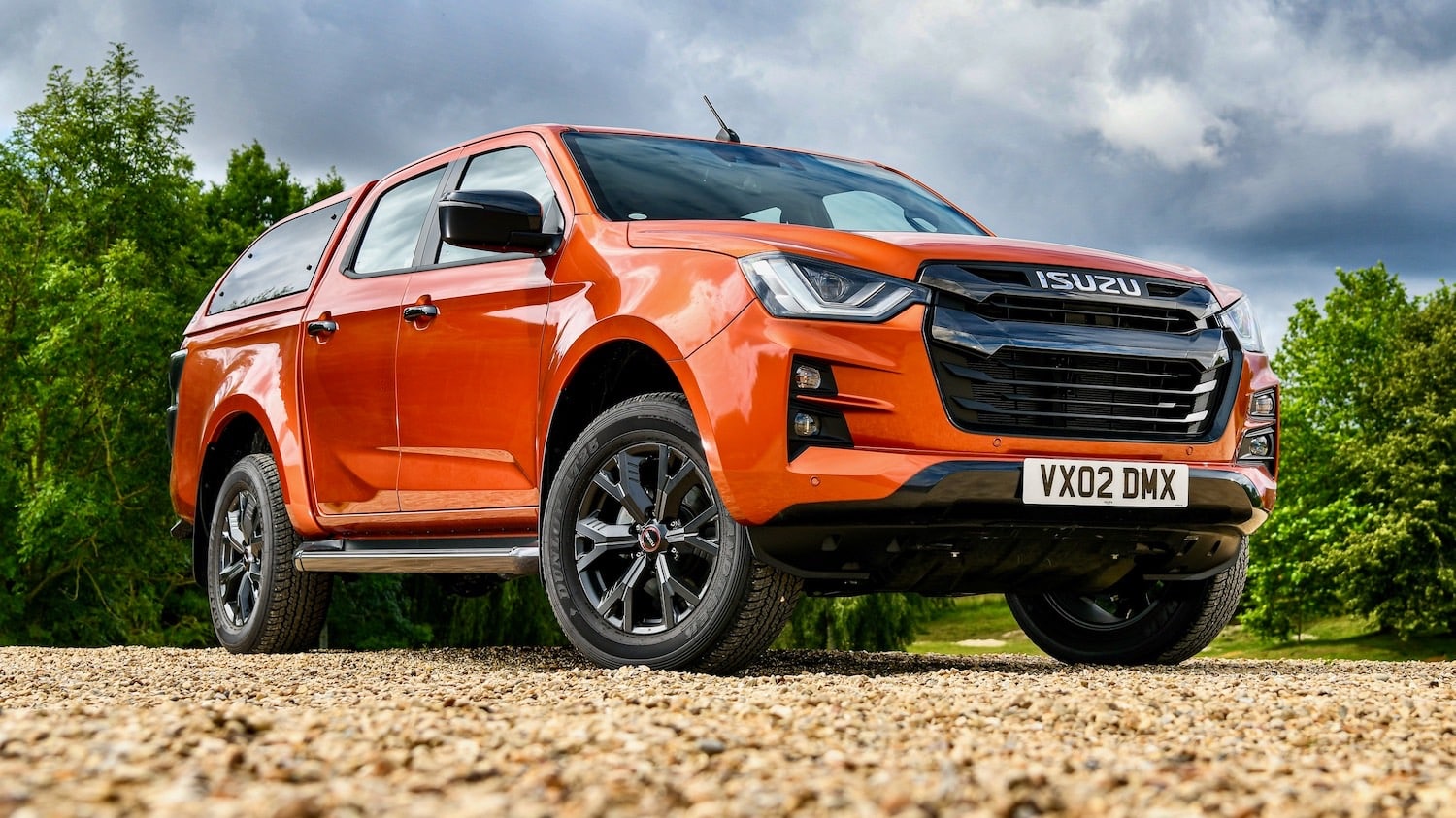In recent years, young motorists have found it increasingly difficult to find car insurance that doesn’t mean they are paying more for their insurance than they paid for the car itself.
Indeed, among the 17-25 year olds, insurance premiums have reached an all time high. Fortunately, there now exists a solution that could knock hundreds off your insurance. It’s called the black box.
Overview
The idea of ‘the black box’, often known as a ‘smart box’, was originally conjured up by one of the country’s leading insurers, the Co-operative Group. They decided it was time to give younger drivers a chance within the insurance market. Describing it as a “revolution in car insurance”, the Co-operative’s ‘pay how you drive’ option could save an average of more than £300 a year on the insurance premium of those in the 17-24 year old bracket. In fact, it is estimated that at least three quarters of younger drivers will make a massive saving with the scheme. In simple terms, the black box will effectively monitor the performance of the driver who will then be ‘rewarded’ with cheaper premiums should it be shown they are driving safely and correctly.
All the technology involved is contained in a small black box, which will be installed somewhere where it cannot be seen, generally somewhere under the bonnet. The box, which, it should be noted, is completely ‘tamper-proof’, operates through G-force and GPS technology. It can accurately monitor driving performance, both by day and by night, in terms of operations such as acceleration, steering and braking in addition to the general speed the car is being driven at. The data can then be accessed as the information is transmitted directly back to the insurer. Those seen to be driving correctly will receive premium discounts whilst those who obtain negative results are likely to be penalised with even higher premiums. However, the drivers themselves will have the opportunity to monitor their own performance, as the data will be displayed on a daily basis on a special online account, for which the driver will be given an access password. In addition to the data itself, the driver will be offered advice on how their driving performance could be improved. Each operation category, for example steering, will be displayed as a speed dial which will either be in the green, should the driver be performing well, in the amber, where the driver is driving okay and in the red when the driver is said to be driving badly.
Premium calculations
In order that the system operates effectively, the insurance premium will be recalculated every 90 days. The driver will still have the option of paying for the premium upfront or in monthly installments but, should they be eligible for discounts, these will be reimbursed after 90 days. In a similar vein, the driver will have to pay extra after this 90-day period if they have been penalised for bad driving so that their insurance premium remains valid.
At present, the black box system is only available to those drivers in the 17-24 year old bracket simply because this is the group that statistics prove are involved in the highest number of road accidents. Those advocating the system assert that it will be certain to lead to better standards of driving among this age group as drivers are financially rewarded for safer performance. The overall result should be that car insurance for young drivers will no longer price them out of the chance of owning a car of their own.

